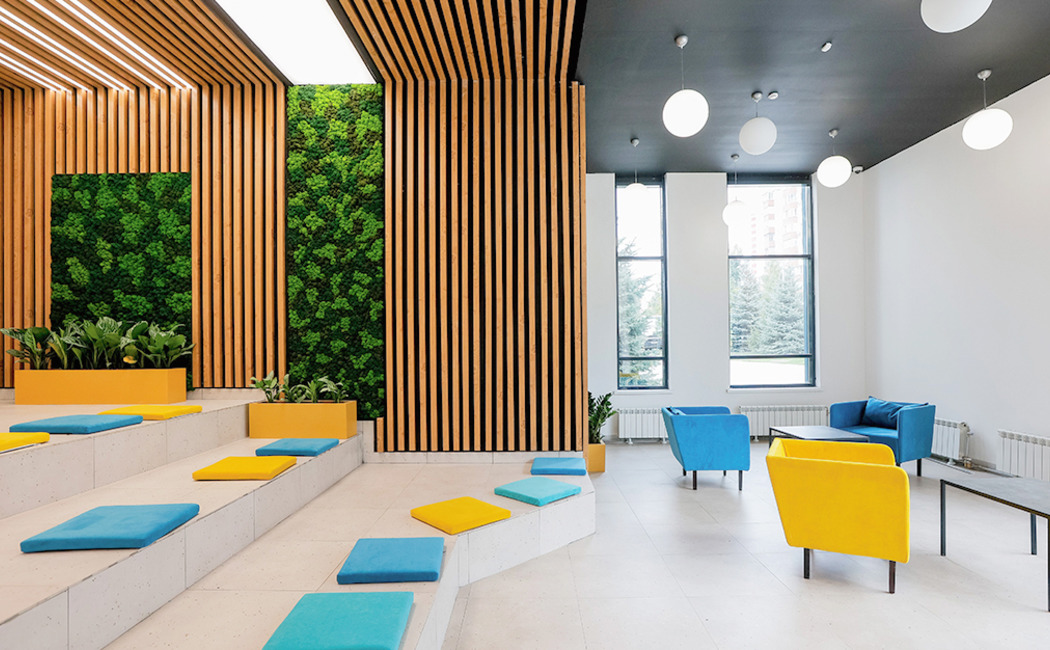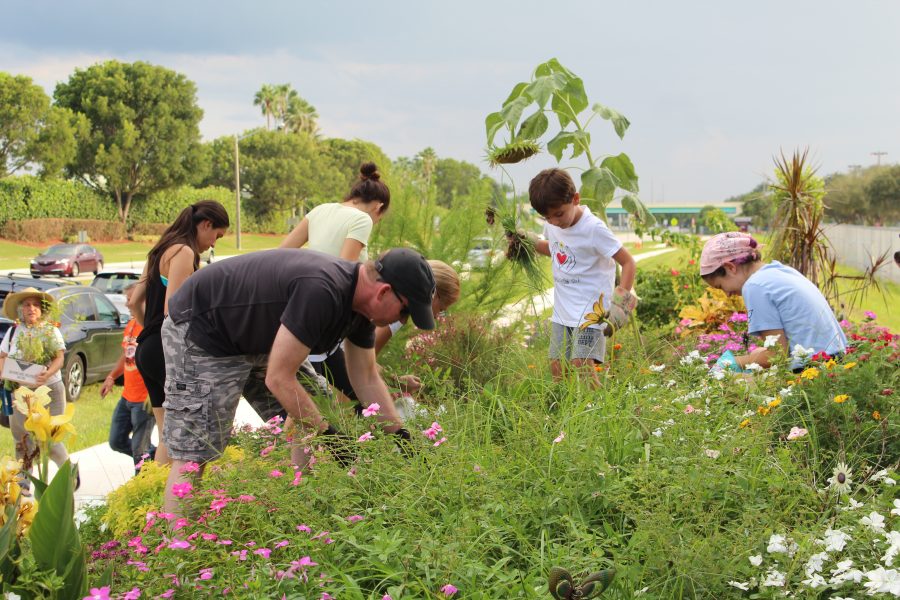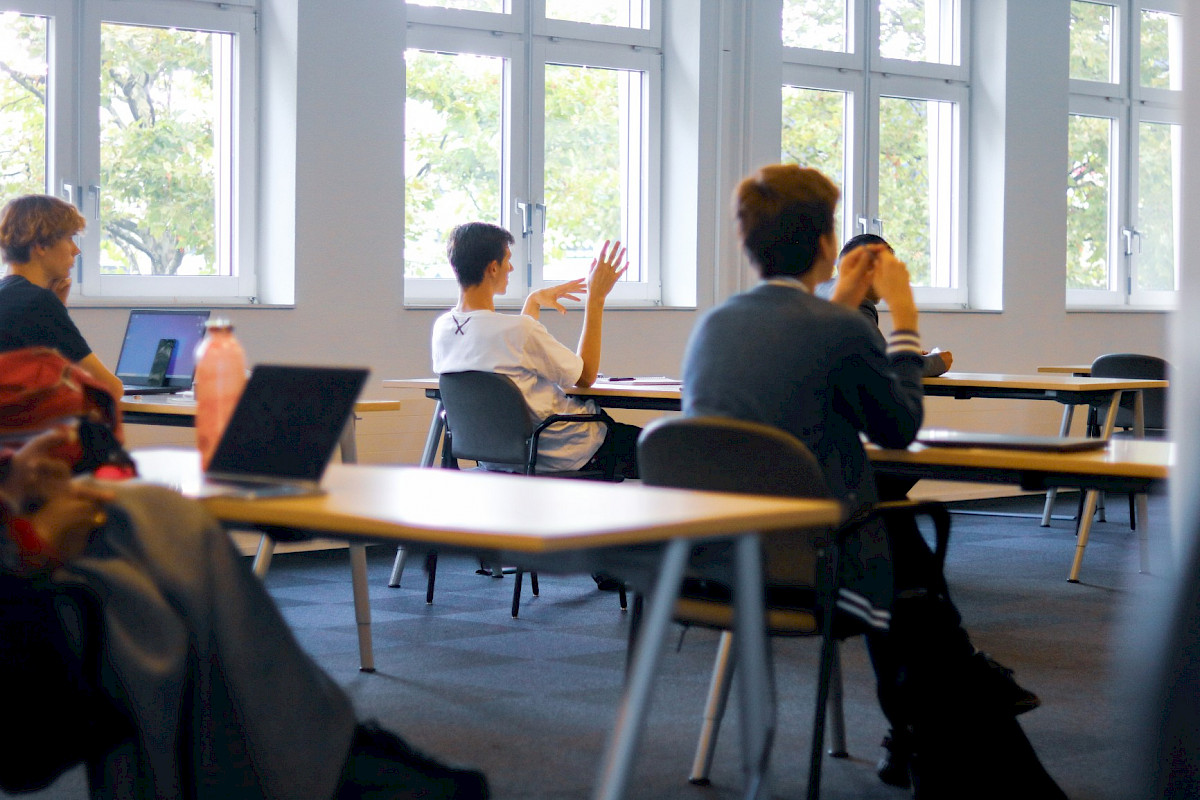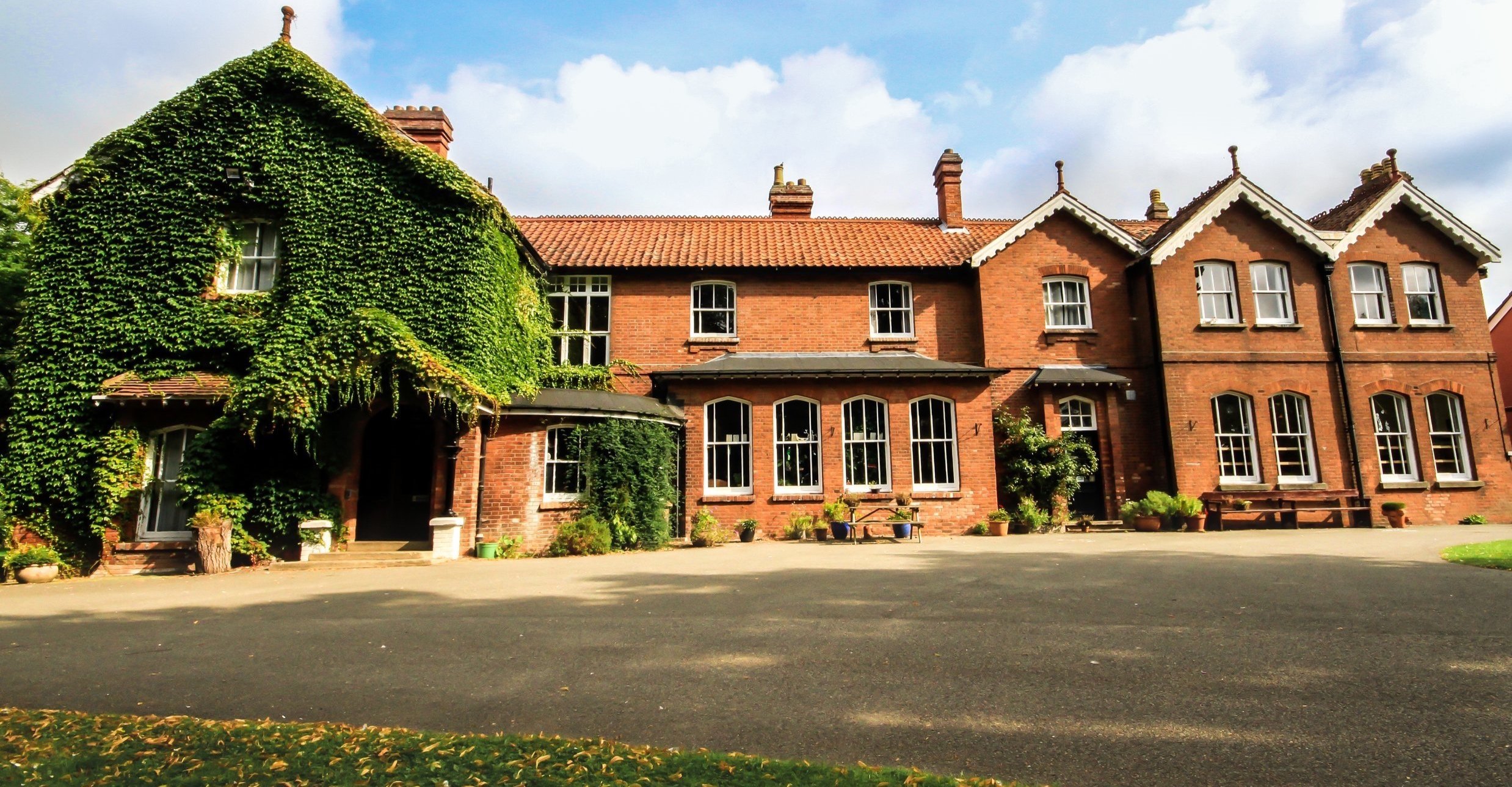Mass shootings in schools have become a disturbing trend in recent years, leaving families, communities, and nations in grief and shock. In the wake of increasing incidents, school safety has become a major concern for parents, students, and educators alike. These tragedies have claimed countless innocent lives and it has now become vital that schools take proactive measures to address this issue, and that communities come together to provide support, resources, and solutions to prevent future tragedies.
The year 2012 marked the occurrence of the deadliest shooting in the history of the United States at Sandy Hook Elementary School, located in Newtown, Connecticut. On December 14th, a 20-year-old named Adam Lanza killed his mother and proceeded to visit the elementary school he had attended from 2004 to 2008. Sadly, the incident claimed the lives of twenty first-graders and six employees of Sandy Hook.
Another notable mass shooting in a school setting occurred in 2018 in the United States, when a student entered Marjory Stoneman Douglas High School in Parkland, Florida and killed 17 people. The attack, which was carried out using a semi-automatic rifle, reignited the debate over gun control in the United States and led to protests and demonstrations across the country.
In 2019, two former students entered a high school in Brazil and opened fire, killing five students and two school officials before committing suicide. The attack sparked widespread outrage and led to renewed calls for stricter gun control laws in the country.
In 2021, a gunman opened fire at a school in the Russian city of Kazan, killing nine people, including seven children. The attack sparked a debate over gun control in the country, with many calling for stricter laws to prevent similar incidents in the future.
![]()
In the United States, the issue of gun control and school shootings remains a contentious topic. Despite numerous calls for stricter laws, many lawmakers and gun rights advocates continue to resist such measures, citing the Second Amendment to the United States Constitution, which guarantees the right to bear arms. As a result, the frequency of mass shootings in schools and other public places remains a concern for many people, and efforts to prevent such incidents continue to be a focus of public debate and discussion.
One of the deadliest school shootings in history took place in 2014 in Pakistan. Taliban extremists attacked the Army Public School in the city of Peshawar, killing over 140 people, most of whom were children. The terrorist attack shocked the country and led to a crackdown on extremist groups operating in the region.
In the aftermath of a shooting, the physical and emotional trauma inflicted on survivors and families, as well as the psychological impact on the wider community, can be overwhelming. Moreover, the fear of another shooting can linger, making it difficult for students and staff to feel safe and secure at school. To address these challenges, schools need to rebuild their sense of community and create a culture of safety and support. Therefore, it is important to investigate how schools can recover and reconstruct after experiencing a mass shooting.
Immediate Access to Mental Health Resources
First of all, the mental health of students, staff, and families affected by a mass shooting should be a top priority for schools during the rebuilding process. Schools should provide immediate access to mental health resources such as grief counseling, trauma-informed therapy, and support groups helmed by licensed professionals.
![]()
Maryam Reza, a psychologist who’s currently involved with a school in Islamabad believes that reliving trauma is often as terrifying as the event itself, but necessary for minds to be able to cope with it “Implementing workshops in schools focusing on anger management, grief processing and dealing with trauma responses would be a great help in recovering from a mass shooting,” she explains.
“Parents can help children by speaking to them about their fears, and establishing a safe space within their homes where the they can speak freely to validate their feelings and help with the expression of the trauma in a way that’s not detrimental to their mental health”.
Ongoing mental health support should also be available for those who need it. School leaders should work with mental health professionals to create a plan for addressing the needs of those affected by the shooting, and ensure that all members of the school community are aware of the resources available to them. This will help to reduce the risk of long-term psychological harm and promote healing. Maryam suggests creating an intervention plan in case of another similar incident is vital, such as having a written trauma or crisis plan that describes procedures to be performed in the event of a school shooting. Additionally, she recommends, having a professional counselor on campus, along with a member of the police force will go a long way toward creating a safer environment in a school.
Improving Security Systems
Schools need to reassess their physical security measures to ensure that students and staff are safe. This includes reviewing and improving existing security systems, such as surveillance cameras, access control, and emergency response procedures. Schools should also consider implementing additional measures, such as bulletproof glass, metal detectors, and armed guards.
Architect, Haider Reza, who runs his own firm named House of Drafts, recommends: “Modern design elements that make students and staff feel secure are essential.” He also suggests providing therapeutic spaces which are affiliated with biophilic design strategies that help one to connect with nature and serenity.

Photo: inde.io. Biophilic design elements in Kazan School 175, that was rebuild and redesigned after the shooting
While security measures can often make students and staff feel like they’re confined in a jail, Haider believes that it can be avoided by using the technology that covers facades with architectural design.
“Security barriers could be designed in a way that they look like they are part of a design. In the case of gated scanners, devices can be concealed to look modern and aesthetically pleasing.” For example, the barriers could be designed like a LEGO block with a vibrant colour that has a concealed scanner.
With shootings and violence impacting innocent lives, safe rooms seem to have become the need of the hour. KT Thomas, the owner of KT Security Solutions in Cullman, Alabama, has designed a small, bulletproof shelter that can be used in the event of a shooting threat. The 8-by-8-foot safe rooms were recently introduced to West Elementary School in Cullman as a pilot project, and Thomas hopes to extend their use to other schools in the United States. Although the shelters are seen as a temporary solution, Thomas hopes to create a space where students and teachers can find refuge until larger, deeper-rooted issues can be addressed. Rooms can also be used as whiteboards and quiet reading and tutoring spaces.
Haider believes that safe rooms cannot be made mandatory in schools, while Falak Shaikhani, the owner of The Aster School in Karachi, plans to implement them as a safety measure. “We recognize the importance of creating a secure environment for our students and staff, and we are exploring different options to establish safe spaces in case of an emergency,” she stated.
![]()
The design for the new Sandy Hook building was created by local firm Svigals + Partners. The architects involved the city’s community, families of the victims and representatives of the Newtown administration in its design. Authors of the project wanted the school to ensure safety for its students without turning into a bunker.
The new building does look friendly: undulating roof, lots of windows, and the façade finished with warm-colored wood. There is a garden in front of the school and an exit to the forest behind it. The theme of connection with nature continues in the decor of the spacious light-filled atrium, and even some of the rooms on the second floor are made as if they were tree houses.
However, there is a safety feature behind many elements of construction. Plants and drainage mounds in the garden should prevent attempts to drive a car into the building. The classrooms are located far from the main entrance and face the woods so that the children can be evacuated there. Large windows and a long walkway to the school entrance are designed so that teachers and children can notice danger well in advance. The windows and walls of the building are protected against firing.
The entrance to the rebuilt Sandy Hook was relocated so as not to make children recollect fleeing from the gunman’s fire along the driveway. Only one detail from the old building has survived – the school’s flagpole. The architects left it as a symbol of succession, continuation of life and healing of grief. The school reopened its doors in 2016.
There is no memorial in the building – the Sandy Hook community decided to do without it.
Photo: Svigals + Partners
Memorial Design and Sense of Community
Falak Shaikhani feels that incorporating thoughtful design elements that pay homage to the history of the space without overtly memorializing it is one of the best ways to approach redesigning a school that has witnessed a mass shooting.
“This could include using materials or colors that reflect the space’s past, incorporating artwork or historical artifacts into the design, or creating quiet spaces for reflection or remembrance,” says Shaikhani. However, she believes that it is important to balance the need for honoring the past with creating a functional, welcoming and comfortable environment for current and future occupants.
![]()
The design for the new Marjory Stoneman Douglas High School in Parkland building was approved by a commission consisting of school officials and parents of the victims, envisaged a quiet area with a water source and an image of an eagle, the school’s symbol. The dispute arose at the stage of creating the memorial.
The city allocated additional money for the memorial, but it had to appear outside the fenced-in school grounds so that everyone could approach it. Another initiative was Project Grow Love, a garden created by teachers and relatives of the victims. It was decorated with flowers, stones with drawings, and figures of angels. A sculpture called Spirit of Caring appeared on the grounds of the medical center where the victims of the shooting were taken.

Photo: Makayla Jesionowski. Community members help Project Grow Love expand their garden
While safe spaces and physical aspects of rebuilding a school space are the top priority, building a sense of community and belonging is essential as well. Schools should work to strengthen relationships with families, local businesses, and community organizations to create a network of support. This can include organizing community events, such as fundraisers or memorials, that bring people together to grieve, support each other, and demonstrate their commitment to healing. Schools should also consider involving students in the rebuilding process, such as through art projects or service learning activities, to empower them to make a positive difference in their school and community.
Reviewing Safety Drills
Schools should review and revise their policies and procedures to prevent future incidents and respond effectively in case of emergency. This can include implementing threat assessment protocols, improving communication with law enforcement, and conducting regular safety drills. Schools should also work with policymakers to advocate for stronger gun control laws and mental health services to prevent mass shootings from happening in the first place.
While school shootings in Pakistan are not as common as in the United States, the country’s fragile political situation often makes it a target for violent protests across all cities. To ensure her students and staff’s safety, Falak’s school has implemented several measures including hiring trained guards, implementing a two-gate security system, and installing emergency exits. She says, “The guards are responsible for monitoring the campus and ensuring that only authorized individuals are allowed inside. The two-gate security system ensures that all visitors are screened before entering the campus. Additionally, we have conducted safety drills to prepare staff and students for emergencies. We regularly inspect and maintain our emergency exits to ensure that they are functioning properly.”
The safety drills – conducted every three months – consist of evacuation procedures such as routes to follow to reach a safe space and forming orderly queues as soon as the alarms are sound. The three month spacing in between each drill makes sure that new students and staff, as well as the younger lot of pupils, are equipped with the right safety measure to follow in case of emergencies.
Rebuilding a school community after a mass shooting is a challenging and complex process that requires a multifaceted approach. By focusing on mental health, physical security, community engagement, and policy changes, schools can begin to heal and rebuild. Government and community leaders need to seek out and incorporate the perspectives of students, families, and community members throughout the rebuilding process to ensure that the school is a safe and supportive place for all.
July 2023





